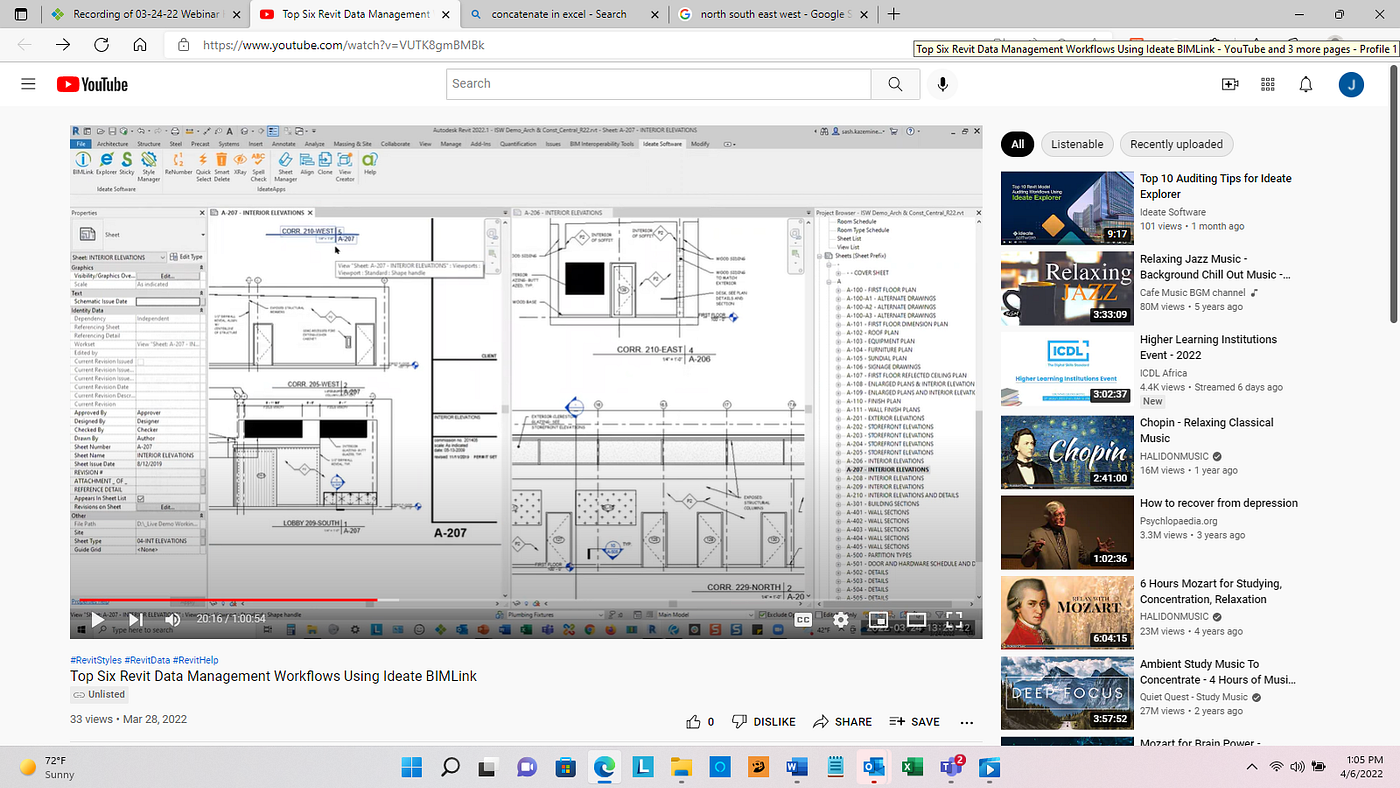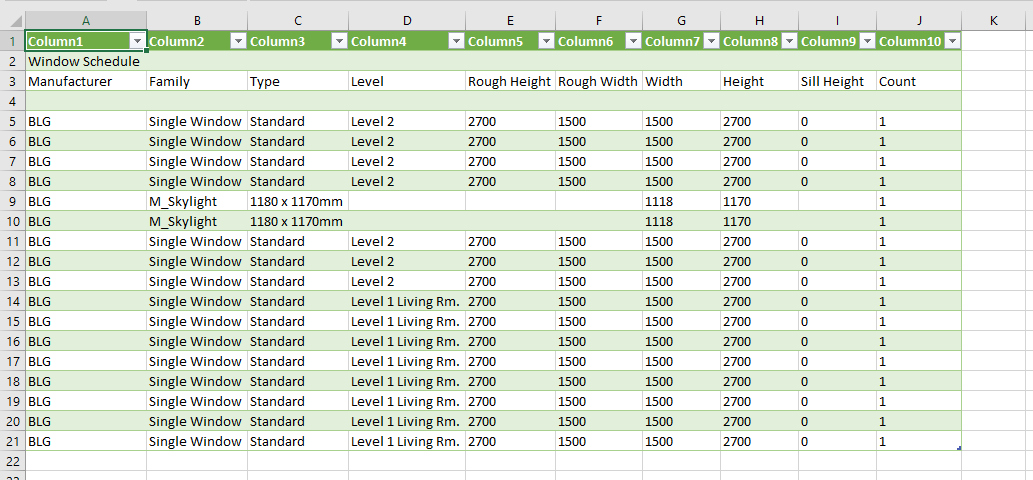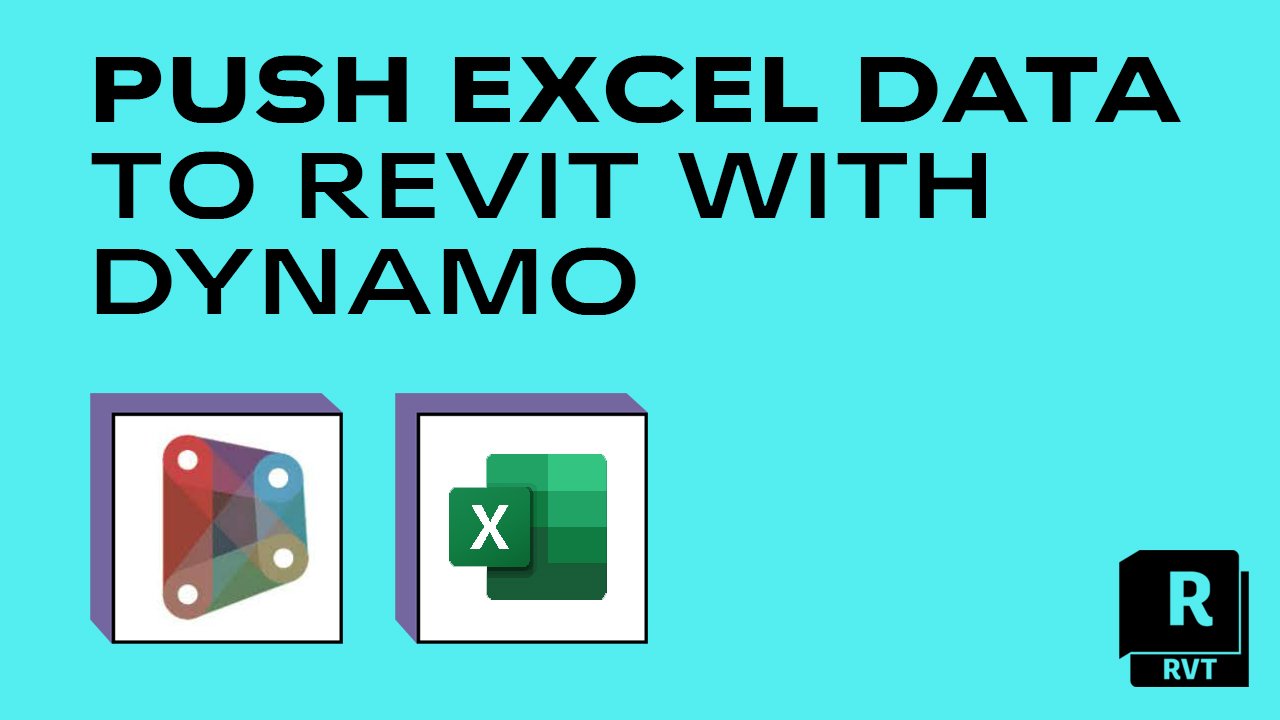Unlocking New Capabilities: Improve Revit Tools with the Right Plugins
Wiki Article
Excel Empowerment: Supercharge Your Revit Projects With Seamless Data Import
Are you seeking to supercharge your Revit projects? With smooth data import, Excel empowerment can be the key to opening your project's complete capacity. Imagine enhancing the import procedure and taking full advantage of efficiency through smooth data combination. In this short article, we will share ideas and techniques for utilizing Master your Revit jobs. Discover just how using the Excel-Revit connection can bring about success in your projects. Prepare yourself to take your Revit jobs to the next degree with Excel empowerment.The Power of Master Revit Projects
You can supercharge your Revit tasks by harnessing the power of Excel for seamless data import. Excel is a versatile tool that can considerably boost your workflow and productivity in Revit (revit tools). With Excel, you can easily import and manage large quantities of information, saving you effort and timeOne of the crucial advantages of making use of Master Revit is its capability to manage intricate estimations and solutions. You can make use of Excel to do computations on your data, such as generating quantities, calculating expenses, or assessing efficiency. When working with large tasks that need considerable calculations., this can be particularly valuable.

On top of that, Excel gives a straightforward and acquainted interface for dealing with data. You can arrange and adjust your information in a spreadsheet layout, making it very easy to view and edit. This can be especially helpful when teaming up with others or when you require to make fast modifications to your job data.
Additionally, Excel permits you to conveniently import and export data between Revit and various other software applications. You can import data from external resources into Revit, such as material specifications or devices timetables, and export data from Revit to Excel for further evaluation or reporting.
Streamlining Information Import With Master Revit
Improving data import in Revit ends up being simpler when using Excel as a device. With Excel, you have the power to perfectly import and handle large quantities of information in your Revit jobs. By using the familiar interface and functionality of Excel, you can save time and increase effectiveness in your operations.Among the essential benefits of using Excel for information import in Revit is the ability to easily organize and control data before importing it right into your job. With Excel's powerful features, such as sorting, filtering, and solutions, you can quickly cleanse up and format your data to fulfill the requirements of your Revit job.
Moreover, Excel allows you to import information from different resources, such as databases, spread sheets, and even web-based applications. This adaptability gives you the flexibility to gather information from different platforms and combine it right into one main location for easy accessibility and management.
In addition, Excel offers the alternative to develop personalized themes for information import in Revit. By creating layouts tailored to your task's certain requirements, you can guarantee uniformity and accuracy in your data import process.
General, making use of Excel as a device for information import in Revit streamlines the process and improves your performance. So why not make use of this powerful device and supercharge your Revit projects with seamless information import making use of Excel?
Making The Most Of Efficiency With Seamless Data Assimilation
Take full advantage of effectiveness by effortlessly incorporating and handling data in your operations. Gone are the days of by hand inputting data right into your system, wasting valuable time and sources. With seamless data integration, you can simplify your processes and supercharge your performance.
When you have a smooth assimilation system in location,Taking care of data comes to be a wind. You can conveniently arrange and classify your information, making it easier to obtain and examine. Say goodbye to the days of browsing via unlimited spread sheets for that a person item of info you require.

Excel Advice for Revit Projects
In addition, you can make use of Excel to create customized templates for data import and export. This method, you can make certain consistency and precision when transferring information in between Revit and Excel. On the whole, grasping these Excel ideas and tricks will greatly boost your capacity to handle and adjust information in your Revit projects.Using the Excel-Revit Connection for Success
To make the most of your Excel-Revit link, take benefit of the capacity to easily transfer and integrate job information. By harnessing this powerful link, you can supercharge your Revit tasks and streamline your workflow. With simply a few straightforward steps, you can import data from Excel directly into Revit, conserving you time and making sure accuracy.One of the vital advantages of the Excel-Revit connection is the ability to move information flawlessly. Whether you are importing routines, room data, and even geometry info, Excel provides an user-friendly user interface that enables you to arrange and adjust your data before importing it right into Revit. This indicates you can easily update and modify your project information in Excel, and with a couple of clicks, move those adjustments directly into your Revit model.
Along with transferring information, the Excel-Revit connection likewise permits synchronization. This indicates that any type of changes made in Excel can be instantly upgraded in Revit, making certain that your task details is always as much as date. This synchronization attribute is particularly beneficial when handling big and complicated jobs, as it removes the requirement for manual data access and lowers the risk of errors.
Final Thought
By streamlining information import and optimizing effectiveness through smooth information integration, you can supercharge your tasks and accomplish success. Do revit add ins not wait any longer, start taking advantage of the power of Excel in your Revit projects today and unlock a world of possibilities.You can supercharge your Revit tasks by taking advantage of the power of Excel for seamless data import. With Excel, you have the power to perfectly import and handle large quantities of information in your Revit jobs (import excel into revit). Overall, understanding these Excel tricks and tips will considerably enhance your capability to take care of and manipulate information in your Revit tasks
Whether you are importing routines, area information, or even geometry information, Excel provides a straightforward user interface that permits you to arrange and manipulate your data prior to importing it into Revit. By simplifying information import and taking full advantage of efficiency via smooth information integration, you can supercharge your jobs and achieve success.
Report this wiki page